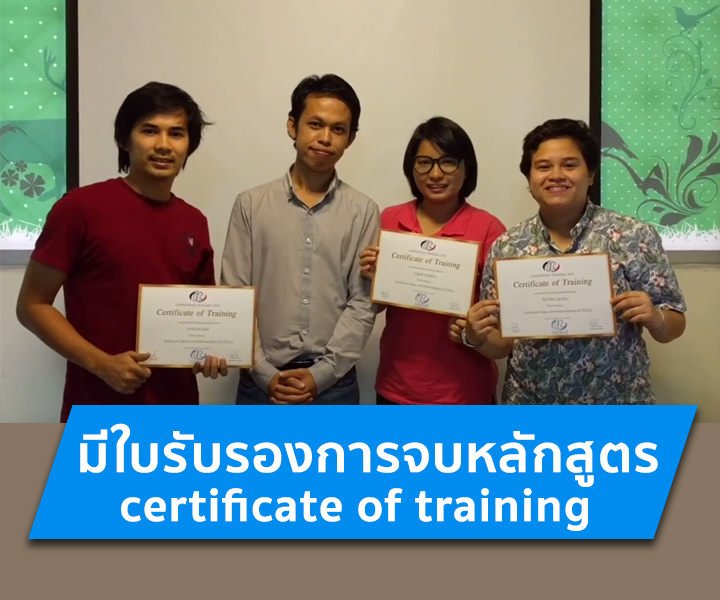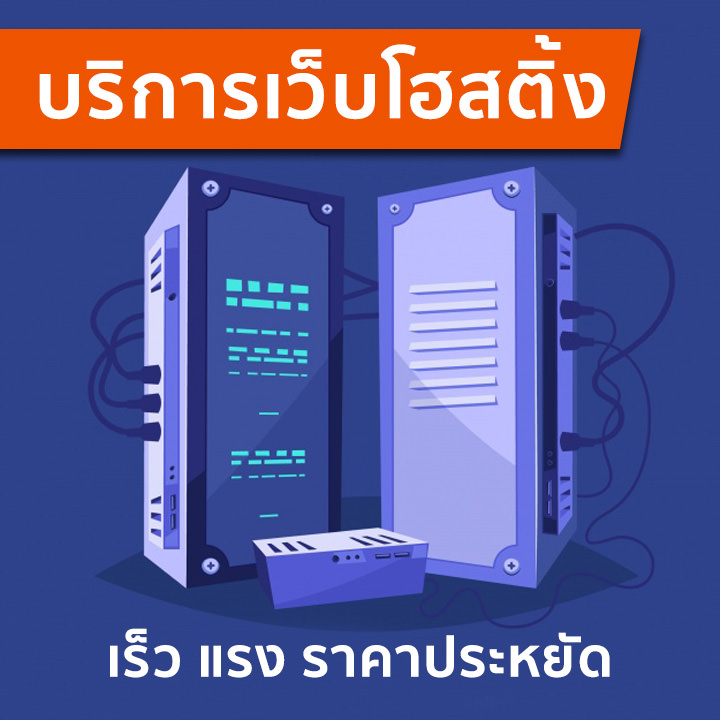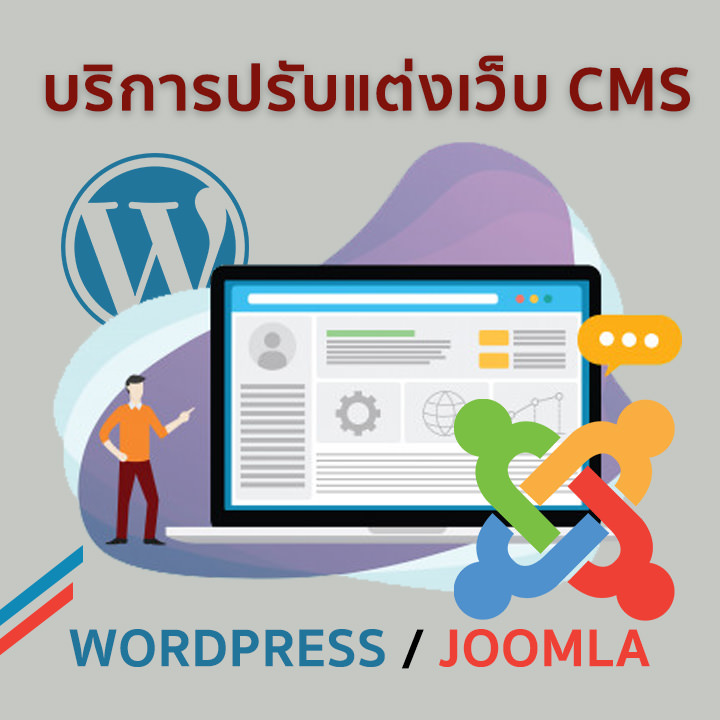Entity Framework using Visual Studio 2010
รายละเอียด Course ID: adc-03-12
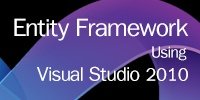
โดยในปัจจุบันเรามีวิธีการเขียนโปรแกรมเพื่อติดต่อฐานข้อมูลมากมาย แต่ใน Visual Studio 2010 ได้นำเสนอวิธีการติดต่อฐานข้อมูลที่มีประสิทธิภาพสูงที่สุดในปัจจุบันก็คือ ADO.NET Entity Framework ซึ่งจะทำให้ Programmer สามารถเขียนโปรแกรมได้อย่างรวดเร็วและมีประสิทธิภาพสูงเป็นอย่างมาก ทำให้ประหยัดเวลาและค่าใช้จ่ายในการพัฒนาระบบเป็นอย่างสูง
รอบการเปิดอบรม
วิดีโอแนะนำคอร์ส
ไฟล์รายละเอียดคอร์ส
- Entity Framework using Visual Studio 2010 (Course outline PDF)
- โปรไฟล์ของบริษัทไอทีจีเนียส เอ็นจิเนียริ่ง (โปรไฟล์ไอทีจีเนียส PDF)
วัตถุประสงค์
- ศึกษาการทำงานของ ADO.NET, LINQ, WCF, Sync Framework และ Entity Framework
กลุ่มเป้าหมาย
- Programmer ที่ต้องการที่จะศึกษาวิธีการเขียนโปรแกรมเพื่อการติดต่อฐานข้อมูลในระดับเบื้องต้นจนถึงระดับสูง
ความรู้พื้นฐาน
- สามารถเขียนโปรแกรมด้วย C#.NET หรือ VB.NET ได้
ระยะเวลาในการอบรม
- 24 ชั่วโมง
ราคาคอร์สอบรม
- ราคาปกติ 9,900 บาท / คน
- โปรโมชั่นลด 10% เหลือ 8,910 บาท / คน
- ราคาเหมาจ่าย (ผู้อบรมตั้งแต่ 10 คน) ตามแต่ตกลงกัน
- ขอใบเสนอราคา
วิทยากรผู้สอน
คอร์สที่ควรอบรมก่อนหน้า
คอร์สต่อเนื่องที่แนะนำ
เนื้อหาการอบรม
Module 1: Architecture and Data Access Technologies
- Data Access Technologies
- Data Access Scenarios
- Lab : Analyzing Data Access Scenarios
Module 2: Building Entity Data Models
- Introduction to Entity Data Models
- Modifying the Entity Data Model
- Customizing the Entity Data Model
- Lab : Using Entity Data Models
Module 3: Querying Entity Data
- Retrieving Data by Using LINQ to Entities
- Retrieving Data by Using Entity SQL
- Retrieving Data by Using EntityClient Provider
- Retrieving Data by Using Stored Procedures
- Unit Testing Your Data Access Code
- Lab : Querying Entity Data
Mudule 4: Creating, Updating, and Deleting Entity Data
- Understanding Change Tracking in the Entity Framework
- Modifying Data in an Entity Data Model
- Lab : Creating, Updating, and Deleting Entity Data
Module 5: Handling Multi-User Scenarios by Using Object Services
- Handling Concurrency in the Entity Framework
- Transactional Support in the Entity Framework
- Lab : Handling Multi-User Scenarios by Using Object Services
Module 6: Building Optimized Solutions by Using Object Services
- The Stages of Query Execution
- Change Tracking and Object Materialization
- Using Compiled Queries
- Using Design-Time Generated Entity Framework Views
- Monitoring Performance
- Performing Asynchronous Data Modifications
- Lab : Building Optimized Solutions by Using Object Services
Module 7: Customizing Entities and Building Custom Entity Classes
- Overriding Generated Classes
- Using Templates to Customize Entities
- Creating and Using Custom Entity Classes
- Lab : Customizing Entities and Building Custom Entity Classes
Module 8: Using POCO Classes with the Entity Framework
- Requirements for POCO Classes
- POCO Classes and Lazy Loading
- POCO Classes and Change Tracking
- Extending Entity Types
- Lab : Using POCO Classes with the Entity Framework
Module 9: Building an N-Tier Solution by Using the Entity Framework
- Designing an N-Tier Solution
- Defining Operations and Implementing Data Transport Structures
- Protecting Data and Operations
- Lab : Building an N-Tier Solution by Using the Entity Framework
Module 10: Handling Updates in an N-Tier Solution by Using the Entity Framework
- Tracking Entities and Persisting Changes
- Managing Exceptions in an N-Tier Solution
- Lab : Handling Updates in an N-Tier Solution by Using the Entity Framework
Module 11: Building Occasionally Connected Solutions
- Offline Data Caching by Using XML
- Using the Sync Framework
- Lab : Building Occasionally Connected Solutions
Module 12: Querying Data by Using WCF Data Services
- Introduction to WCF Data Services
- Creating a WCF Data Service
- Consuming a WCF Data Service
- Protecting Data and Operations in a WCF Data Service
- Lab : Creating and Using WCF Data Services
Module 13: Updating Data by Using WCF Data Services
- Creating, Updating, and Deleting Data in a WCF Data Service
- Preventing Unauthorized Updates and Improving Performance
- Using WCF Data Services with Nonrelational Data
- Lab : Updating Data by Using WCF Data Services
Module 14: Using ADO.NET
- Retrieving and Modifying Data by Using ADO.NET Commands
- Retrieving and Modifying Data by Using DataSets
- Managing Transactions and Concurrency in Multiuser Scenarios
- Lab : Using ADO.NET
Module 15: Using LINQ to SQL
- Implementing a Logical Data Model by Using LINQ to SQL
- Managing Performance and Handling Concurrency
- Lab : Using LINQ to SQL


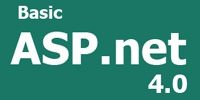 Basic ASP.net 4.0 (คอร์สพื้นฐาน)
Basic ASP.net 4.0 (คอร์สพื้นฐาน)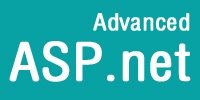 Advanced ASP.net 4.0 (คอร์สขั้นสูง)
Advanced ASP.net 4.0 (คอร์สขั้นสูง)



